Animals
-
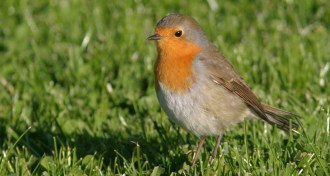 Animals
AnimalsEveryday electronics may upset birds’ compass
Weak electromagnetic waves, coming from normal university activities, interfere with European robins’ migratory orientation.
By Susan Milius -
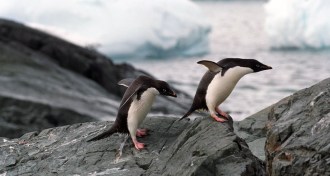 Life
LifeNew bird flu found in Antarctic penguins
Designated H11N2, the virus was found in less than 3 percent of the 301 Adélie penguins tested and the infection is asymptomatic.
-
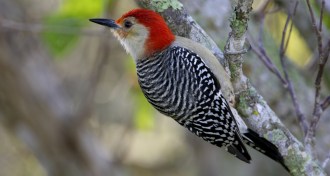 Animals
AnimalsWoodpecker beaks divulge shock-absorbing properties
Scales, sutures and porosity help the birds hammer without going stupid.
By Susan Milius -
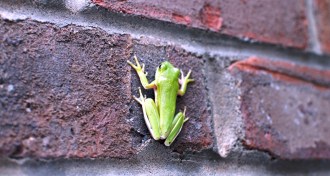 Animals
AnimalsWhat animal is the world’s best rock climber?
Lots of animals manage to scale vertical heights, and each has their own way of accomplishing the feat.
-
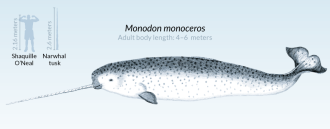 Animals
AnimalsNarwhal has the strangest tooth in the sea
Sometimes called the unicorn of the sea, the male narwhal’s tusk is actually a tooth. Narwhals detect changes in water salinity using only these tusks, a new study finds.
By Susan Milius -
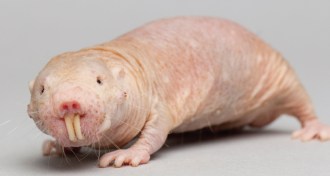 Animals
AnimalsHow to milk a naked mole-rat
For the sake of science, Olav Oftedal has milked bats, bears and a lot of other mammals. But a naked mole-rat was something new.
By Susan Milius -
 Animals
AnimalsSome birds adapt to Chernobyl’s radiation
Some birds seem to fare well in and near the Chernobyl exclusion zone, but overall the nuclear disaster has been bad news for the region’s bird populations.
-
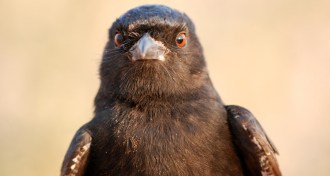 Animals
AnimalsBird mimicry lets hustlers keep cheating
Drongos are false alarm specialists that borrow other species’ warning sounds and freshen up their fraud.
By Susan Milius -
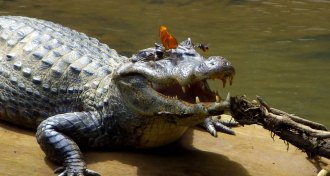 Animals
AnimalsCaiman tears make a salty snack
An ecologist observed a bee and a butterfly hovering around a caiman, engaging in lacryphagous behavior, slurping up the crocodilian’s tears.
-
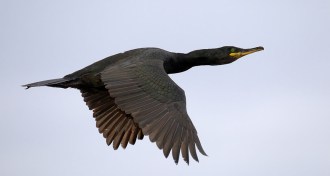 Environment
EnvironmentPrestige oil spill linked to drop in seabird chicks
European shag in colonies affected by the 2002 Prestige oil tanker spill produced fewer chicks than birds in oil-free colonies.
-
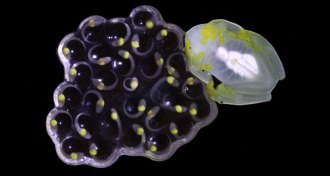 Animals
AnimalsAbandoned frog eggs can hatch early
If their father doesn’t keep them hydrated, frog embryos react by hatching early.
By Susan Milius -
 Genetics
GeneticsY chromosome gets a closer examination
The Y chromosome may play a larger role in Turner syndrome and in health and disease differences between males and females than previously thought.